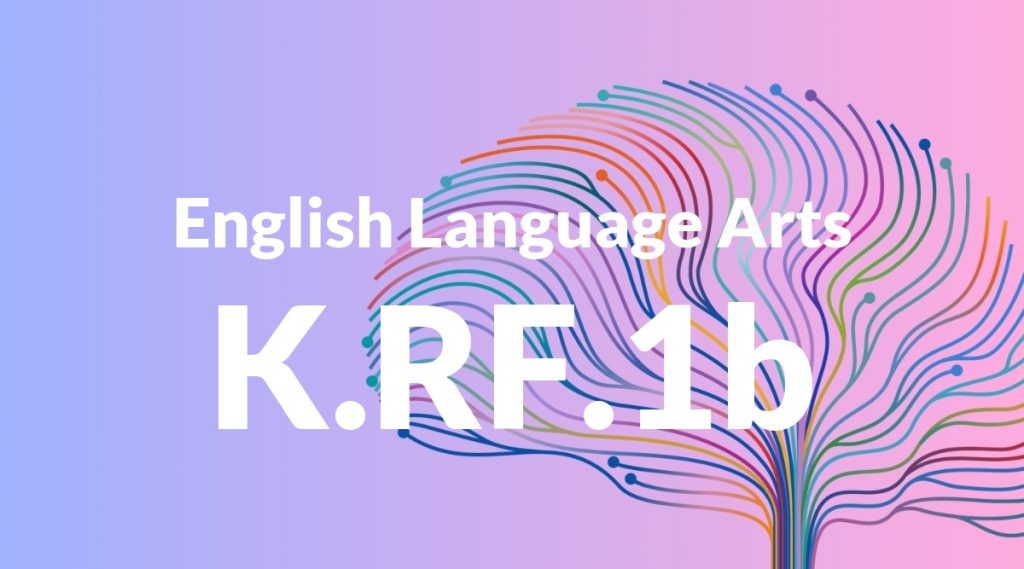Standard: K.RF.1b – Recognize that spoken words are represented in written language by specific sequences of letters.
Grade level: Kindergarten
Subject: English Language Arts
Domain: Reading: Foundational Skills
Teacher Overview
This standard emphasizes the understanding that spoken words are represented by specific sequences of letters in written language. It is a critical foundational skill that supports the development of reading and writing abilities in young learners. Students should know the alphabet and the sounds associated with each letter. They should also understand that letters form words which can be spoken and heard.
After mastering this standard, students will be able to decode words more effectively and understand that letters form words, which are the building blocks of sentences. This will enhance their reading fluency and comprehension skills.
Common Misconception 1
Some students might think that letters can be arranged in any order to form words. This misconception arises from a lack of understanding of the specific sequence required to create meaningful words.
Intervention 1
Using letter tiles or cards, demonstrate the correct sequence of letters to form words. Engage students in activities where they practice arranging letters to form specific words.
Common Misconception 2
Another common misconception is that spoken words and written words are not connected. Students might not yet grasp that the words they hear are the same as the ones they see written down.
Intervention 2
Read aloud to students while pointing to each word in the text. Use matching games where students connect spoken words with their written counterparts.
Prerequisite Knowledge
Students should have basic knowledge of the alphabet and the sounds each letter makes. They should also be familiar with the concept that words are made up of letters and can be spoken.
Subsequent Knowledge
Students will develop the ability to decode words and understand that letters form words, which in turn form sentences. This foundational skill will lead to improved reading fluency and comprehension.
Instructional Activities
- Letter tile word formation
- Read-aloud sessions with word pointing
- Word matching games
- Labeling classroom objects
- Writing practice with common words




